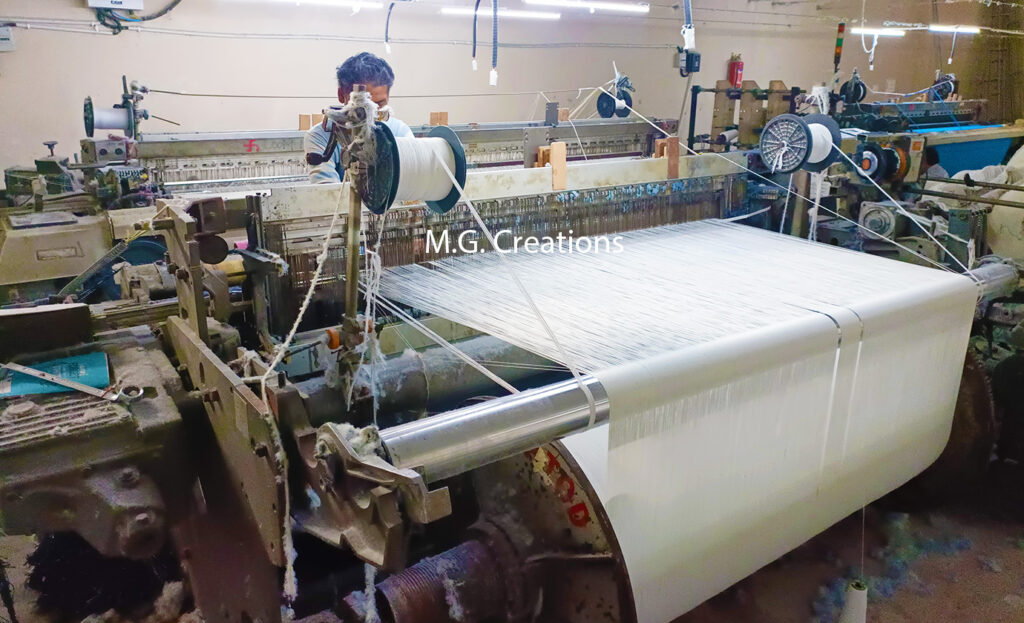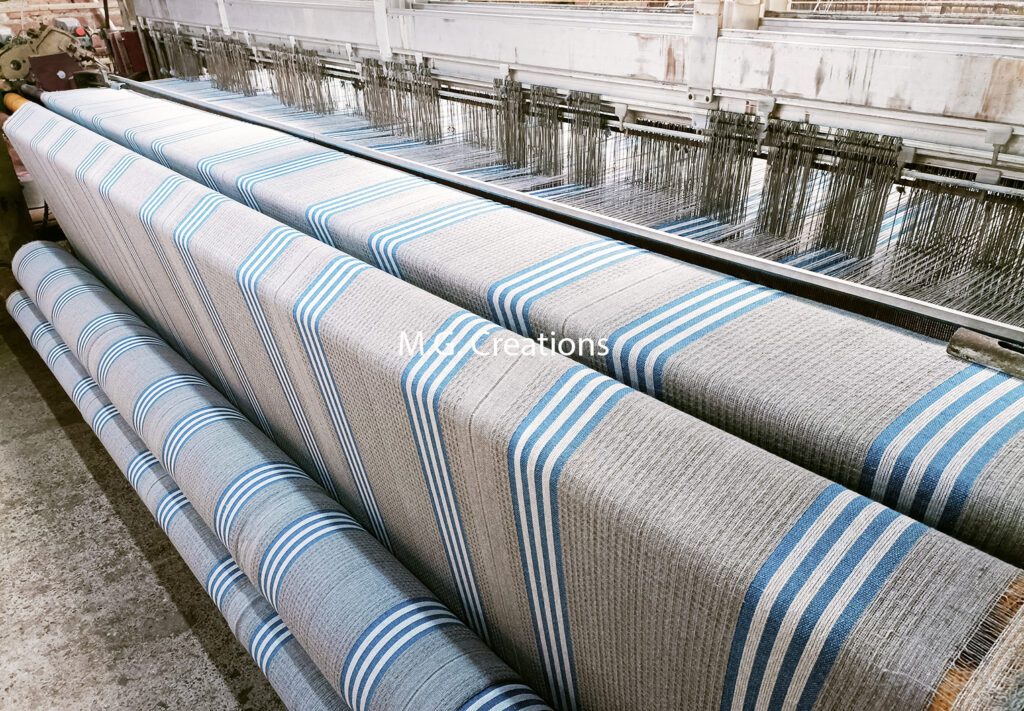Why the American Kitchen Towel Manufacturing Industry Is Recovering
After decades of relying heavily on overseas production, the American kitchen towel manufacturing industry is experiencing a noticeable revival. Once challenged by the surge of low-cost imports, domestic manufacturers are now regaining momentum, driven by a mix of strategic reshoring, rising consumer demand for locally made goods, supply chain adjustments, and innovations in textile technology.
Here’s a closer look at why the U.S. kitchen towel manufacturing sector is recovering and what it means for the future of American textiles.

1. Reshoring and Supply Chain Realignment
One big reason the American kitchen towel industry is bouncing back is the reshoring trend. When the pandemic hit, it really showed how risky it can be to rely on far-away suppliers—especially in places like China and India. Shipping delays, rising costs, and general uncertainty made a lot of U.S. brands rethink things.
So, many started bringing some of their production back home. By doing that, they’ve been able to:
Keep better track of inventory and delivery times
Cut down on dependency on overseas vendors
Build faster, more flexible supply chains
Since kitchen towels are lightweight and sell quickly, they’re a great product to start reshoring with.
More and more American shoppers are choosing products that are made locally and produced responsibly—especially when it comes to everyday home items. The “Buy American” mindset is gaining real traction, particularly with people who care about the environment and value high-quality goods.
U.S.-made kitchen towels are winning hearts because they offer things like:
Better quality and long-lasting durability
Fair, ethical working conditions behind the scenes
A smaller carbon footprint thanks to shorter shipping routes
Retailers have picked up on this trend too, and many are proudly using the “Made in the USA” label to attract mindful buyers looking for something they can feel good about.

3. Sustainability and Eco-Friendly Manufacturing
American textile manufacturers are stepping up in a big way when it comes to sustainability—something that really matters in today’s eco-conscious world. A lot of factories across the U.S. are now embracing greener practices, like:
Using organic cotton grown right here in the South
Adopting water-saving dyeing methods
Incorporating recycled materials and closed-loop production systems
Choosing safe, non-toxic, AZO-free dyes
Not only do these efforts resonate with environmentally minded customers, but they also help brands meet global sustainability goals—without all the hassle of navigating overseas certifications.
4. Government Incentives and Policy Support
The U.S. government has increased support for domestic manufacturing through:
Tax incentives for companies investing in American facilities
Tariff policies making certain imports less competitive
Buy American provisions in federal procurement programs
These policies have made it more financially feasible for textile businesses to re-establish operations within the country.
5. Technological Advancements in Domestic Production
Modern U.S.-based textile mills have made major investments in automation, robotics, and smart weaving technologies. This allows manufacturers to:
Reduce labor costs while maintaining high output
Maintain consistent quality across large batches
Customize products efficiently for niche markets
Unlike traditional mills, these new facilities can compete with international players on both quality and speed—especially for high-end and custom kitchen towels.
6. Support from Niche and Local Brands
A growing number of small businesses and artisan brands are choosing to source locally and support U.S. manufacturers. These brands often prioritize:
Small batch production
Customization
Transparency in sourcing
Their focus on storytelling and ethical value propositions is helping the industry grow from the ground up.
7. E-commerce and Direct-to-Consumer (DTC) Boom
The rise of e-commerce has empowered U.S. manufacturers to sell directly to consumers, bypassing traditional retail supply chains. Many DTC kitchen towel brands are now designing, producing, and fulfilling orders entirely within the United States, creating a vertically integrated, high-margin model.
Platforms like Shopify, Etsy, and Amazon Handmade are fueling this trend, making it easier than ever for homegrown towel brands to thrive.
Final thoughts.
The recovery of the American kitchen towel manufacturing industry is not just a temporary trend—it’s a strategic shift toward resilience, sustainability, and consumer connection. While challenges like higher labor costs remain, the advantages of local production, growing consumer support, and policy incentives are paving the way for a stronger and more self-reliant industry.
As American homes continue to embrace quality over quantity and values over volume, kitchen towels “Made in USA” are poised to become a staple not just in kitchens—but in conscious consumerism.
